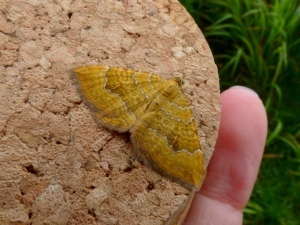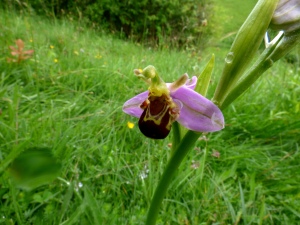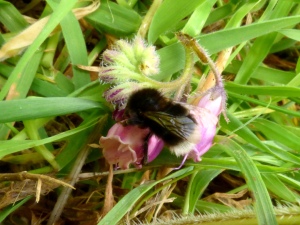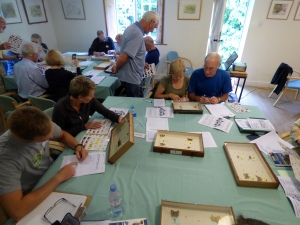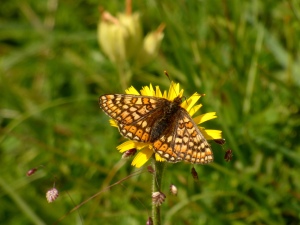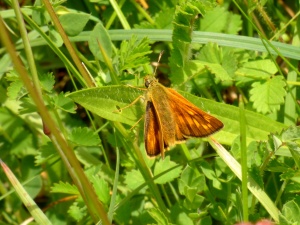Off to my summer haunt
You may remember that I was spending rather a lot of time at Gilfach Nature Reserve earlier in the year (well, August). I headed back to this lovely reserve during the week, and it really is just so fantastic there.
I was visiting Gilfach for a specific reason, every autumn madness descends upon the River Marteg as salmon leap up the waterfalls (yes you read that correctly) to reach their spawning grounds further up this tributary. These salmon have been maturing in the Atlantic, facing numerous dangers both natural and from humans. They return to the rivers of their birth to breed again, facing yet more threats as they journey all the up the River Wye. One interesting fact I discovered recently is that upon re-entry into freshwater, they stop feeding in order to develop their gonads. Seems a bit OTT to me, but each to their own. Unfortunately, I didn’t spot any salmon on this visit, but I shall be there again soon enough and they grace me with a view. You can follow the updates on Twitter with my new hashtag – #SalmonAtGilfach (and don’t forget #GilfachReserve, for general wildlife updates there).
Despite the lack of salmon, I had an enjoyable visit. I had roughly 6 layers on – I knew that patience is required to see salmon, so many layers are needed to prevent coldness – and although drizzling, the weather wasn’t too rough. Gilfach is currently a great mix of rusty reds and luscious greens as autumn sets in across the reserve.
- Fantastic colours
- A beautiful mossy boulder
- Dripping with moss
- View upstream from the Otter hide
- A fungus just above the river
I also found a massive pile of otter spraint near the river, so large I believe as it is protected by an overhang which means that it won’t get washed away in the rain. I often get asked how I know when it’s otter spraint, particularly since the size, shape and colour can vary depending on what the otter has been eating. But there is one particular factor that is really distinctive and memorable – the smell! It’s a fantastic smell, and trust me I’ve smelt a lot of different faeces (I used to work / volunteer in a zoo, cattery and animal rescue centre remember). There a whiff of sweetness, usually described as similar to jasmine (I can now no longer drink jasmine tea as a result), with a touch of fish and muskiness. I normally just describe it as a musky jasmine smell. The smell fades over time, so if it’s an older spraint (turned a bit grey), you really have to get your nose in there and take a big old sniff.
This might be why some non-nature people think I’m weird … but I don’t mind, like I said, it’s a relatively decent smell and it’s from an amazing animal. Plus, I’m normally finding / collecting spraint for conservation purposes, so it’s for a good cause.
- Something here catches my eye!
- Getting in close for a sniff!
I also thoroughly enjoyed being by the river, recent rain meant that it was flowing very well (possibly too much for the salmon to leap up against?). It was thundering down against the rocks, so loud that I could barely gather my thoughts! It was truely spectacular and worth going out in the drizzle.














































































